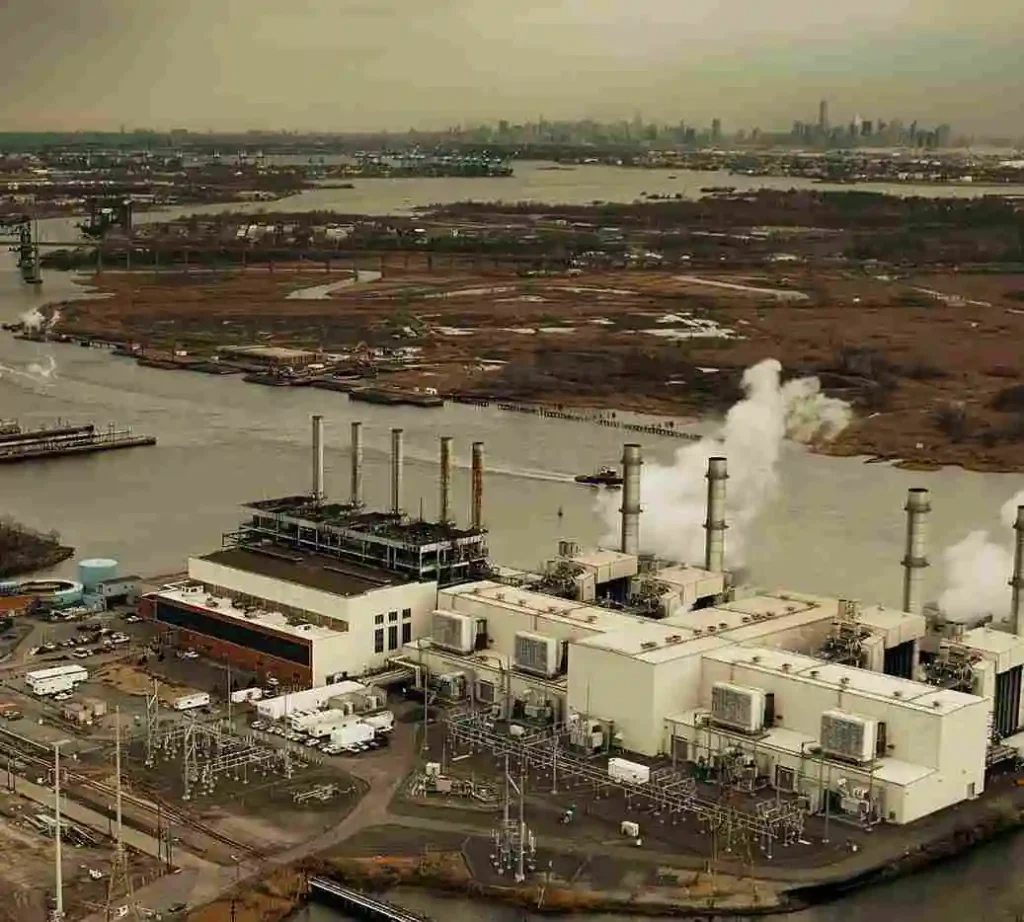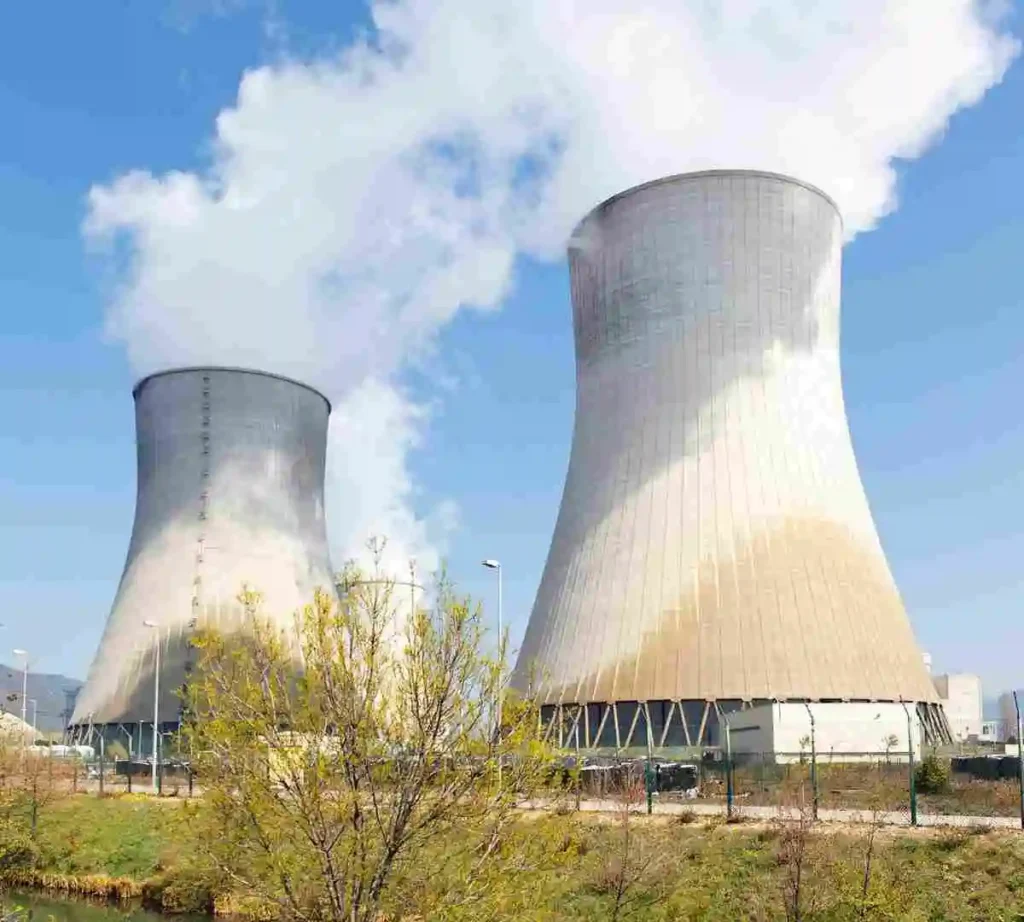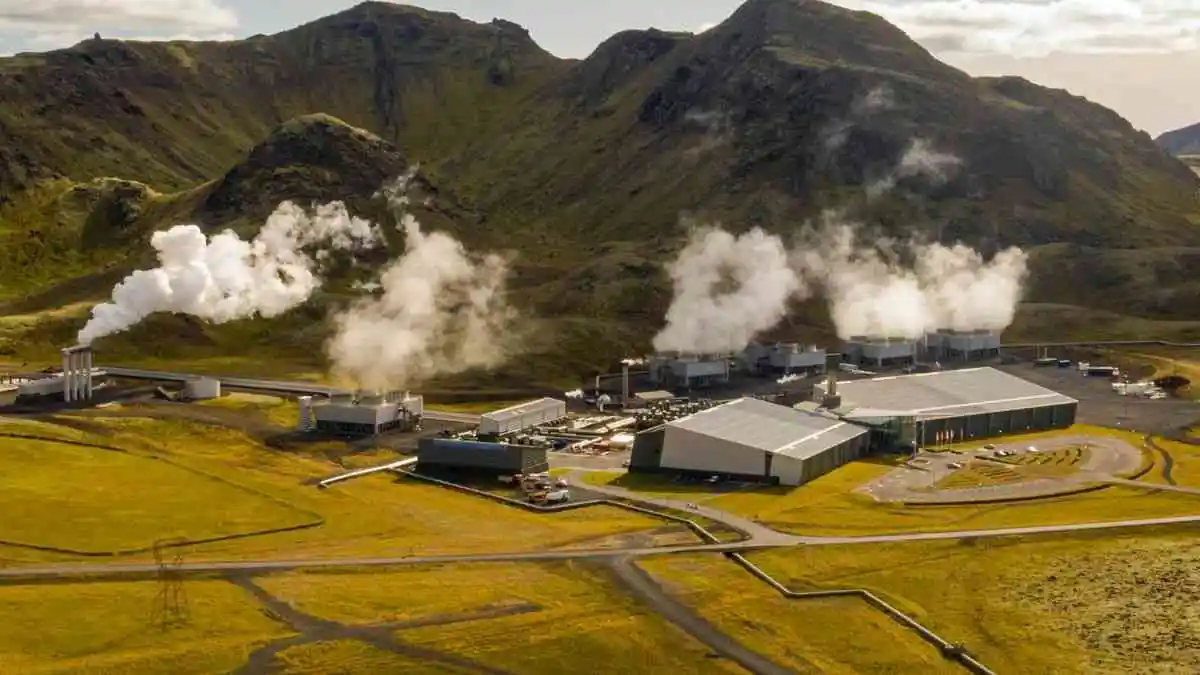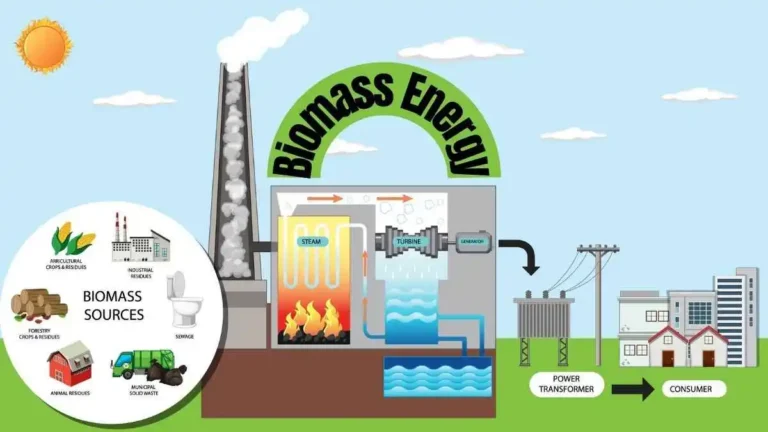Geothermal power plants are a compelling solution to the growing demand for clean and sustainable energy sources. These plants harness the Earth’s natural heat and convert it into electricity, providing a renewable and eco-friendly alternative to traditional fossil fuel-based power generation. You can also check new trends in renewable energy technologies.
In this article, we will delve into the intricacies of geothermal plants, covering everything from how they work to their environmental impact.
Geothermal Power Plants: An Overview
Geothermal power plants operate on the principle of utilizing the Earth’s internal heat to produce electricity. The heat energy originates from the Earth’s core and radiates outward, warming the surrounding rock layers. This heat can be accessed through geothermal reservoirs deep within the Earth’s crust.
How Do Geothermal Power Plants Work?
Geothermal energy plants consist of several vital components that work in tandem to generate electricity:
1. Geothermal Reservoirs
The first step in harnessing geothermal energy involves locating suitable geothermal reservoirs. These reservoirs are pockets of hot water or steam trapped within the Earth’s crust. Wells are drilled into these reservoirs to access the high-pressure steam or hot water.
2. Production Wells
Production wells are responsible for extracting hot water or steam from the geothermal reservoirs. The high-pressure steam rises to the surface due to the natural pressure within the Earth.
3. Turbines and Generators
The extracted steam or hot water is directed towards turbines. The force of the steam turns the turbine blades, converting kinetic energy into mechanical energy.
4. Electricity Generation
The rotating turbines are connected to generators, where the mechanical energy is transformed into electrical energy through electromagnetic induction.
5. Transmission and Distribution
The electricity generated at the geothermal power plant is transmitted through high-voltage power lines to distribution networks, ensuring it reaches homes and industries.
Also Read: What is the Importance of Solar Energy?
The Advantages of Geothermal Power Plants

Geothermal power plants offer numerous advantages that make them an attractive renewable energy source:
1. Sustainability
Geothermal energy is a renewable resource as long as the heat from the Earth’s core continues to exist. Unlike finite fossil fuels, geothermal energy can provide a constant and sustainable source of electricity.
2. Low Greenhouse Gas Emissions
Geothermal power plants produce minimal greenhouse gas emissions, making them one of the cleanest forms of energy generation. They contribute significantly less to global warming compared to fossil fuel-based power plants.
3. Minimal Land Footprint
Geothermal plants have a relatively small land footprint, especially when compared to solar or wind farms. They can be developed in areas where the Earth’s heat is easily accessible, without disrupting large tracts of land. Which country has highest geothermal energy? The United States of America is leading the geothermal power market
4. Base Load Power
Geothermal plants can operate continuously, providing a stable and reliable source of base load power. They can complement intermittent renewable energy sources like solar and wind, ensuring a steady power supply.
5. Long Lifespan
Geothermal plants have a longer operational lifespan compared to many other renewable energy technologies. With proper maintenance, they can function for several decades.
Challenges and Considerations

While geothermal power plants offer promising benefits, they also come with certain challenges and considerations:
1. Geographical Constraints
Geothermal plants require specific geological conditions, limiting their potential locations. They are most viable in areas with active volcanoes, hot springs, or geysers.
2. High Initial Costs
The initial investment required to construct a geothermal power plant can be substantial. However, the long-term cost benefits of low operation and maintenance expenses often offset these high initial costs.
3. Water Usage
Geothermal power plants need a constant supply of water to operate efficiently. In regions facing water scarcity, this may pose environmental and social challenges.
4. Limited Reservoir Sustainability
Over time, geothermal reservoirs may deplete or cool down, affecting the plant’s efficiency. Careful management and monitoring are essential to ensure the sustainability of these reservoirs.
5. Surface Instability
Drilling and extracting geothermal resources can potentially induce seismic activities or subsidence in the surface, which requires thorough assessment and monitoring.
Environmental Impact of Geothermal Power Plants
Geothermal energy plants have a relatively low environmental impact compared to conventional fossil fuel-based power plants. However, some considerations should be made:
1. Land Disruption
The construction of geothermal power plants can disrupt local ecosystems and habitats. Proper planning and environmental assessments are crucial to minimize these impacts.
2. Fluid Emissions
During geothermal energy extraction, fluids containing minerals and dissolved gasses are released from the Earth’s crust. Care must be taken to manage these emissions responsibly.
3. Noise Pollution
Geothermal energy plants can generate noise during their operation, which can affect nearby communities and wildlife. Mitigation measures can be employed to address this issue.
Also Read: What Are The Advantages Of Wind Energy?
Conclusion
Geothermal power plants are a promising and sustainable solution for meeting the world’s growing energy demands while reducing greenhouse gas emissions. Their ability to provide stable and reliable baseload power makes them an essential component of a well-rounded renewable energy portfolio.
However, careful consideration of geological conditions, environmental impact, and proper management of resources is crucial to ensure the long-term viability of geothermal power plants.
FAQs
1. How does geothermal energy compare to other renewable energy sources?
Geothermal energy offers the advantage of providing a stable base load power supply, unlike solar and wind energy, which are intermittent. It also has a smaller land footprint compared to solar and wind farms.
2. Is geothermal energy entirely renewable?
Yes, geothermal energy is entirely renewable as long as the Earth’s heat continues to exist.
3. How long do geothermal power plants typically operate?
With proper maintenance, geothermal plants can have an operational lifespan of several decades.




